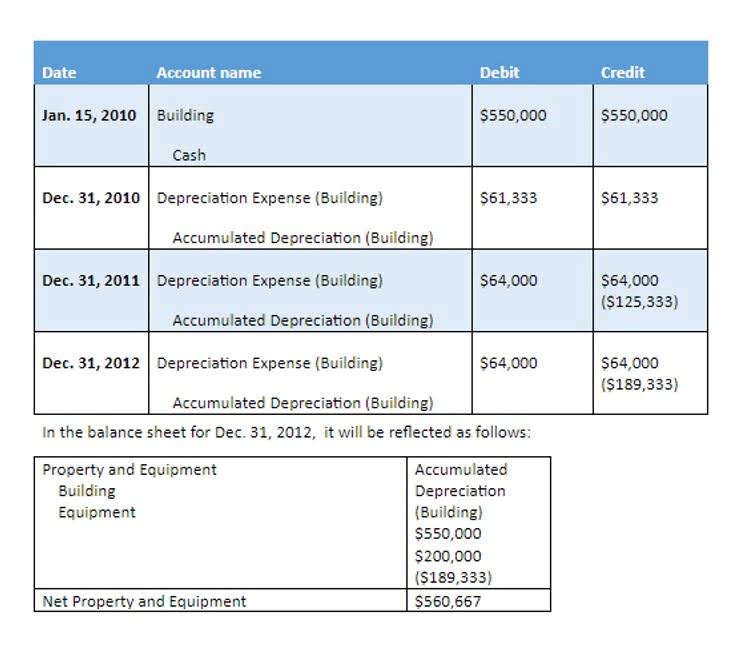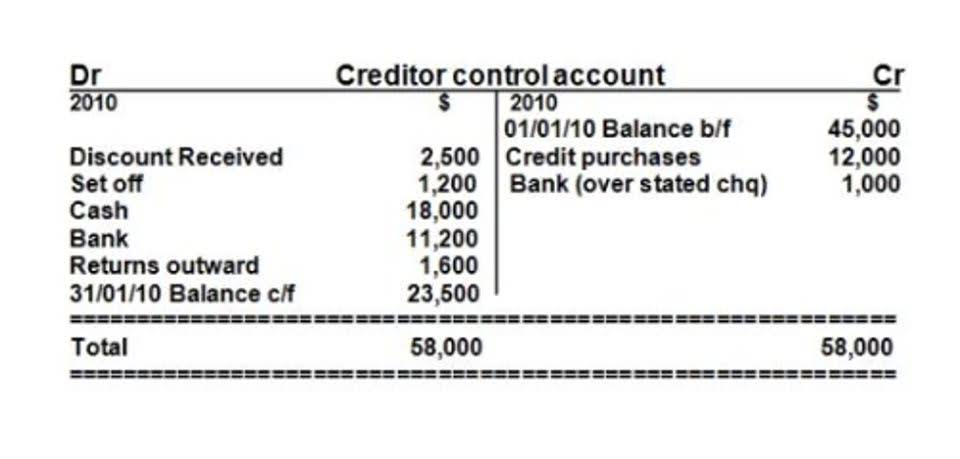
In terms of financial statements, you can find your retained earnings account (sometimes called Member Capital) on your balance sheet in the equity section, alongside shareholders’ equity. In rare cases, companies include retained earnings on their income statements. The figure is calculated at the end of each accounting period (monthly/quarterly/annually). As the formula suggests, retained earnings are dependent on the corresponding figure of the previous term. The resultant number may be either positive or negative, depending upon the net income or loss generated by the company over time.
Understanding Accounts Receivable (Definition and Examples)
And while that seems like a lot to have available during your accounting cycles, it’s not. At least not when you have Wave to help you button-up your books and generate important reports. Retained earnings appear on the balance sheet under the shareholders’ equity section.
Statement of retained earnings example
Retained earnings are kept by the business to reinvest towards future operations and needs and are often rolled over to the following year’s beginning balance sheet. Depending on the financial position of your business, you may want to reinvest in equipment, employee salaries, or more inventory. Below, we discuss what retained earnings are, share an example for how it’s used in context, and explain the formula to calculate your retained earnings. retained earnings normal balance During the growth phase of the business, the management may be seeking new strategic partnerships that will increase the company’s dominance and control in the market. The surplus can be distributed to the company’s shareholders according to the number of shares they own in the company. Retained Earnings on the balance sheet measures the accumulated profits kept by a company to date since inception, rather than issued as dividends.
- Retained earnings are calculated through taking the beginning-period retained earnings, adding to the net income (or loss), and subtracting dividend payouts.
- Now that you’re familiar with the terms you’ll encounter on an income statement, here’s a sample to serve as a guide.
- When the year’s revenues and gains exceed the expenses and losses, the corporation will have a positive net income which causes the balance in the Retained Earnings account to increase.
- Once your cost of goods sold, expenses, and any liabilities are covered, you have to pay out cash dividends to shareholders.
- In some industries, revenue is called gross sales because the gross figure is calculated before any deductions.
Example of Retained Earnings Calculation
Companies will also usually issue a percentage of all their stock as a dividend (i.e. a 5% stock dividend means you’re giving away 5% of the company’s equity). Sometimes when a company wants to reward its shareholders with a dividend without giving away any cash, it issues what’s called a stock dividend. This is just a dividend payment made in shares of a company, rather than cash. It can reinvest this money into the business for expansion, operating expenses, research and development, acquisitions, launching new products, and more. The specific use of retained earnings depends on the company’s financial goals.
- Retained earnings are a critical part of your accounting cycle that helps any small business owner grow their business.
- This statement of retained earnings can appear as a separate statement or as inclusion on either a balance sheet or an income statement.
- GAAP greatly restricted this use of the prior period adjustment, but abuses have apparently continued because items affecting stockholders’ equity are sometimes still not reported on the income statement.
- A company indicates a deficit by listing retained earnings with a negative amount in the stockholders’ equity section of the balance sheet.
- A business entity can have a negative retained earnings balance if it has been incurring net losses or distributing more dividends than what is there in the retained earnings account over the years.

Discuss your needs with your accountant or bookkeeper, because the statement of retained earnings can be a useful tool for evaluating your business growth. It depends on how the ratio compares to other businesses in the same industry. A service-based business might have a very low retention ratio because it does not have to reinvest heavily in developing new products. On the other hand, a startup tech company might have a retention ratio near 100%, as the company’s shareholders believe that reinvesting earnings can generate better returns for investors down the road. At the end of the period, you can calculate your final Retained Earnings balance for the balance sheet by taking the beginning period, adding any net income or net loss, and subtracting any dividends.

Additional Paid-In Capital
- Retained earnings can be used to pay off existing outstanding debts or loans that your business owes.
- New companies typically don’t pay dividends since they’re still growing and need the capital to finance growth.
- Shareholders profit when a company profits; they receive dividends and hold equity in the business.
- Thus, retained earnings are the profits of your business that remain after the dividend payments have been made to the shareholders since its inception.
- Retained earnings are the cumulative net earnings or profits of a company after accounting for dividend payments.
When creditors see a negative figure, they’re less likely to grant the business a loan or may provide it, but with a higher interest rate. Seeing your figures in detail provides insight into your company’s financial health. Calculating retained earnings will provide valuable information to people you rely on to maintain a financially successful business.
- In this example, $7,500 would be paid out as dividends and subtracted from the current total.
- If significant capital investments are anticipated, retaining earnings to cover these costs can be more advantageous than external financing.
- These funds may also be referred to as retained profit, accumulated earnings, or accumulated retained earnings.
- The Retained Earnings account can be negative due to large, cumulative net losses.
- From there, the company’s net income—the “bottom line” of the income statement—is added to the prior period balance.
Thus, retained earnings are the profits of your business that remain after the dividend payments have been made to the shareholders since its inception. So, each time your business makes a net profit, the retained earnings of your business increase. Likewise, a net loss leads to a decrease in the retained earnings of your business.
Retained Earnings: Calculation, Formula & Examples
Now, you must remember that stock dividends do not result in the outflow of cash. In fact, what the company gives to its shareholders is an increased number of shares. Accordingly, each shareholder has additional shares after the stock dividends are declared, but his stake remains the same. Though cash dividends are the most common payout, remember that stock dividends are another option. Unlike cash payments, stock dividends don’t immediately impact a company’s bottom line.
